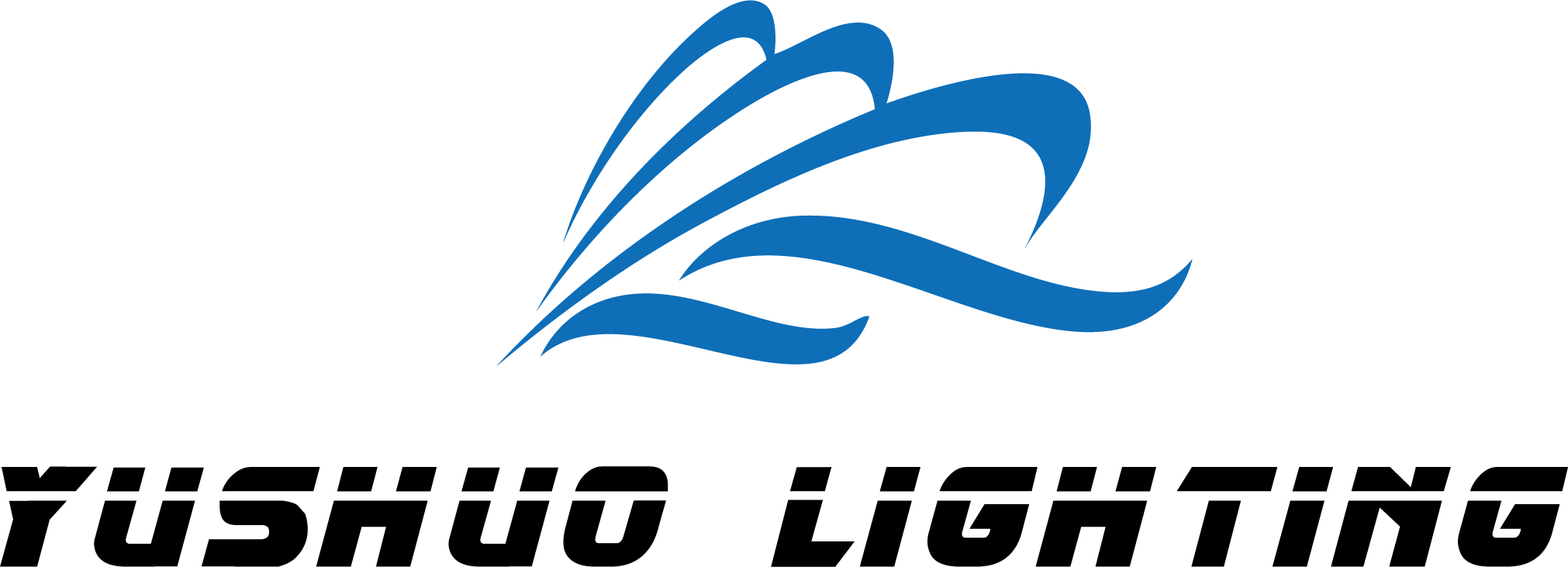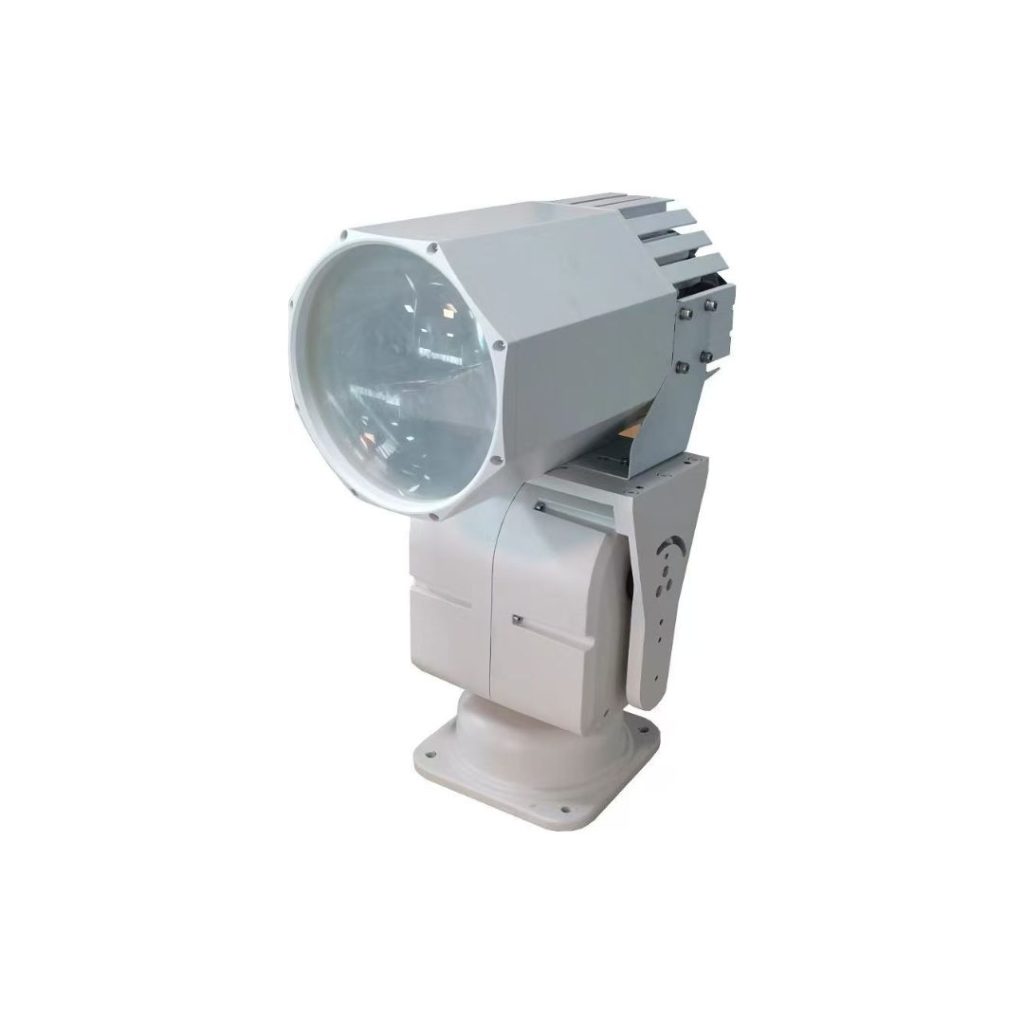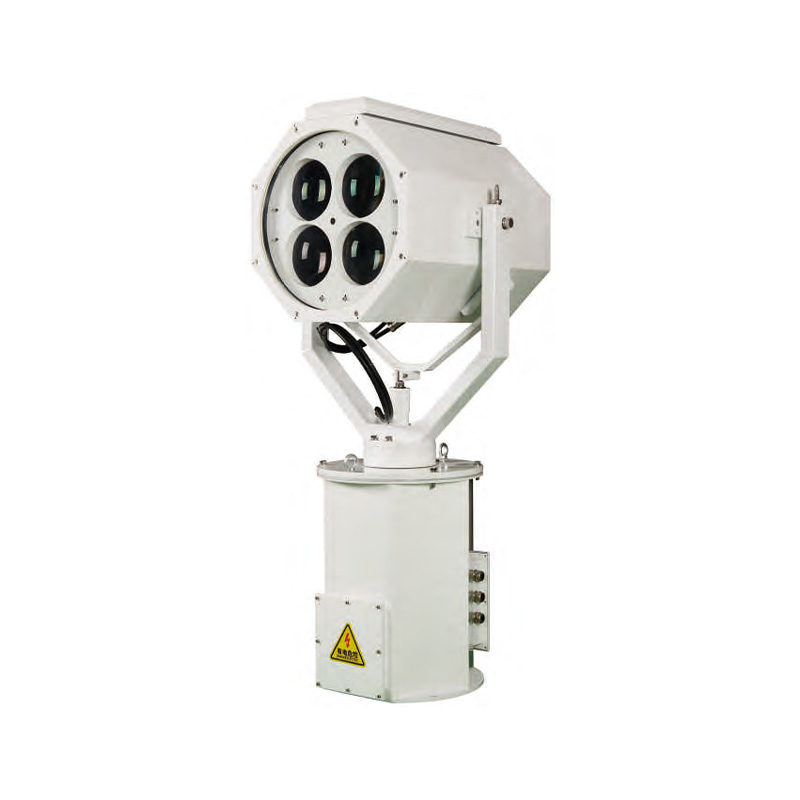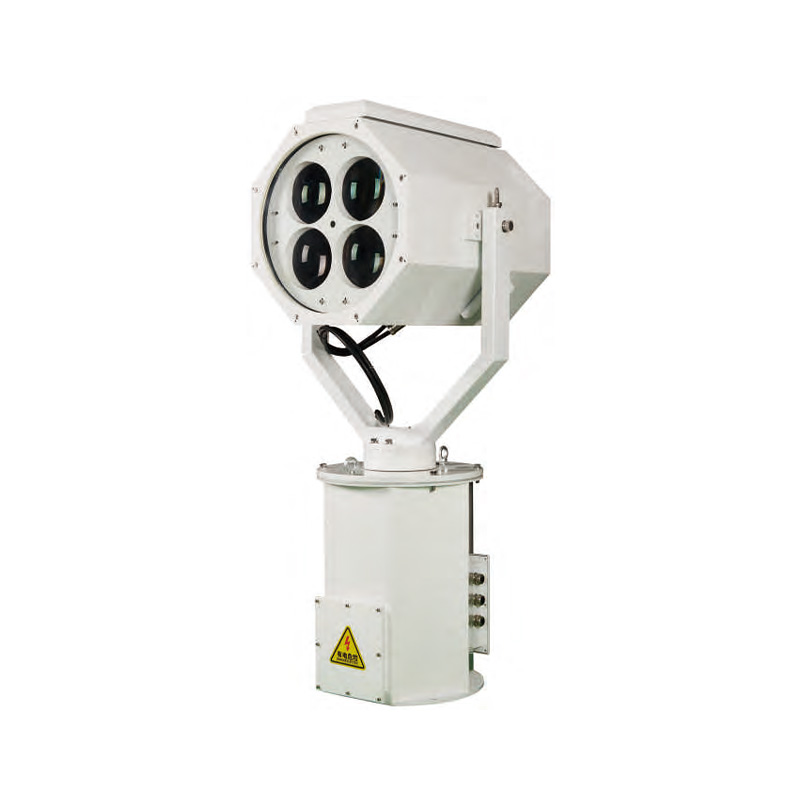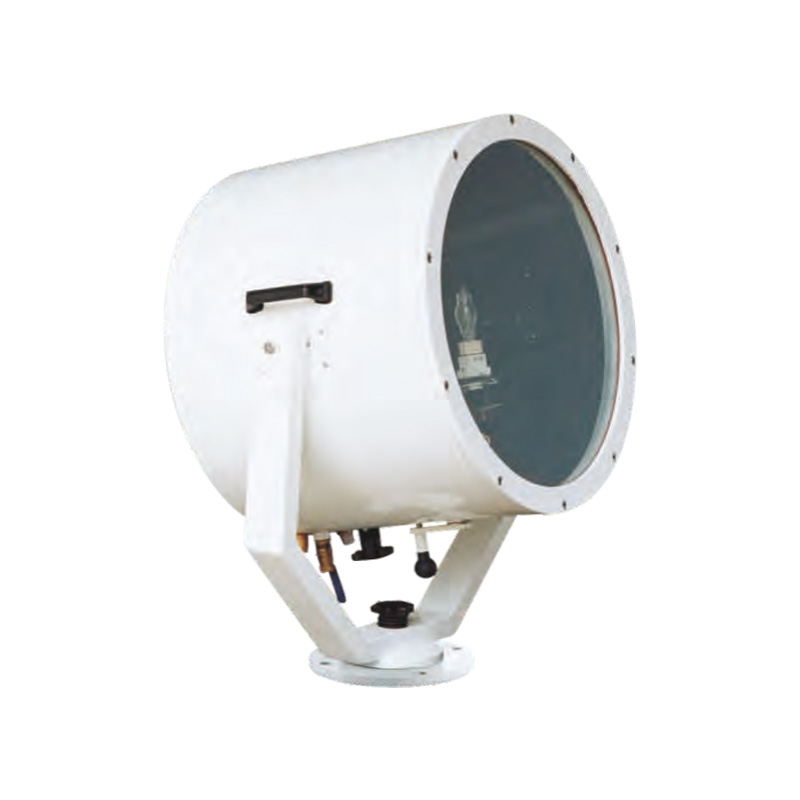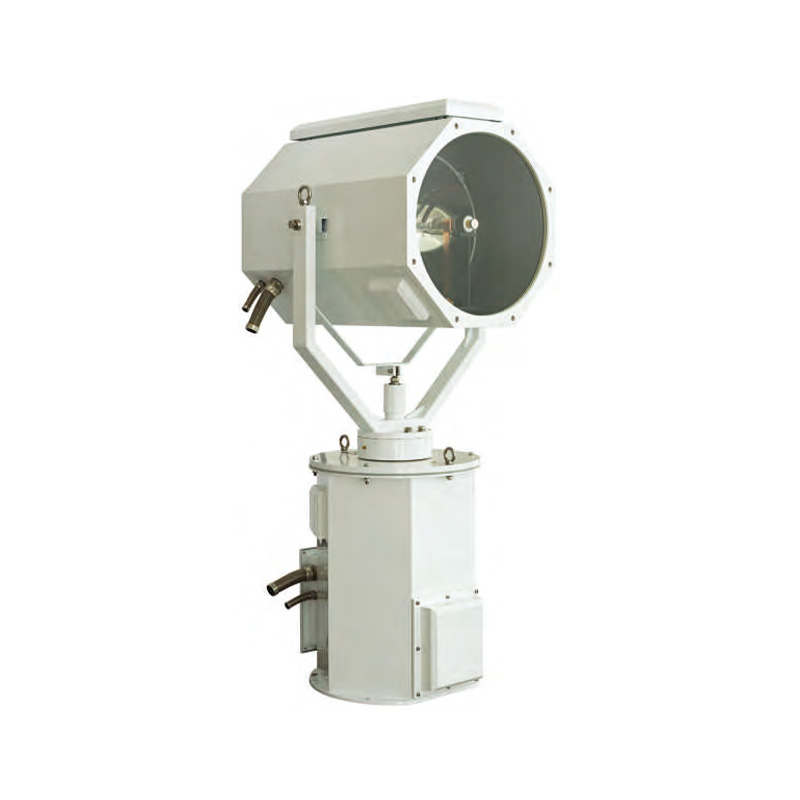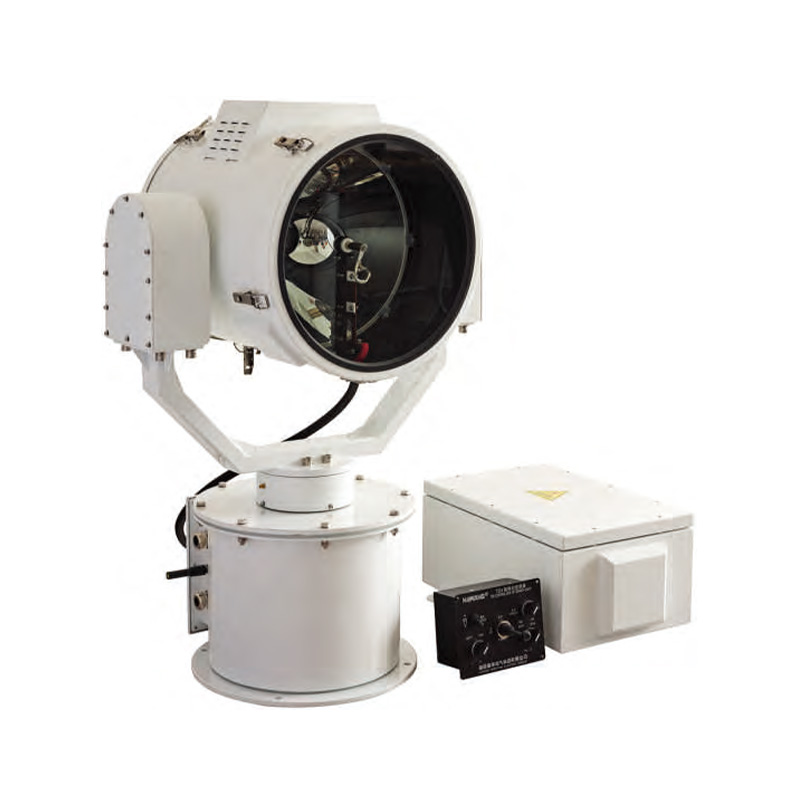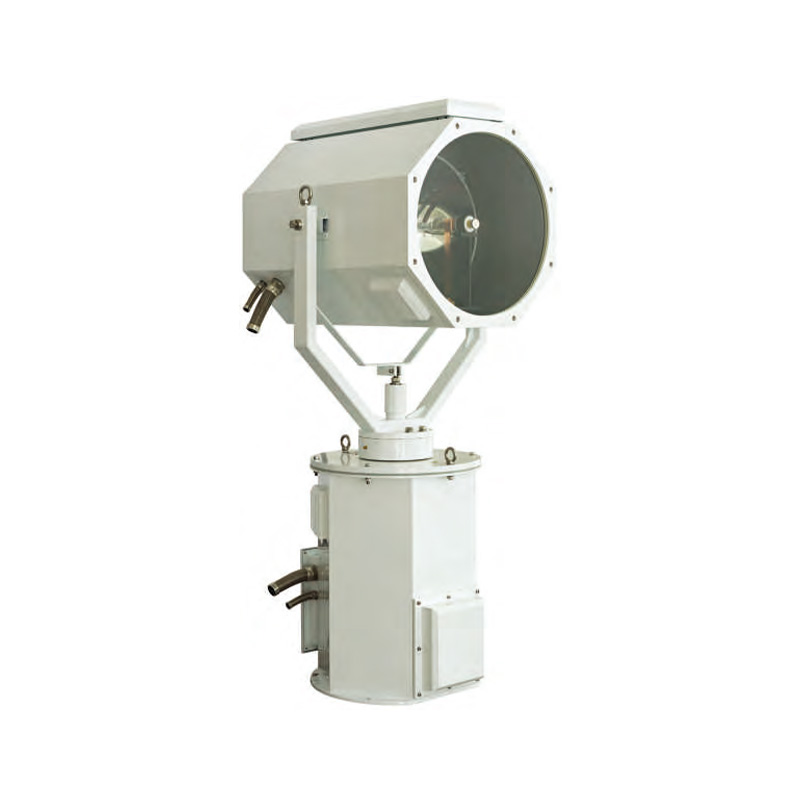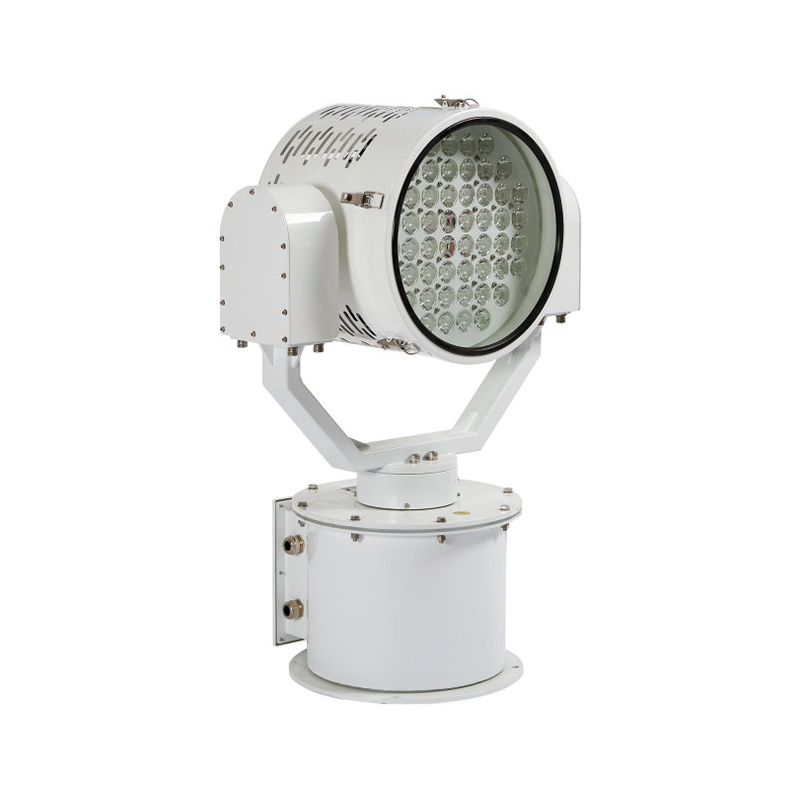Analysis on The Integration Trend of Marine Searchlights And Ship IoT
Table of Contents
With the rapid development of the global shipping industry and the continuous progress of intelligent technologies, the intelligent upgrade of ship equipment has become an important development direction in the industry. The intelligent upgrade of marine searchlights, as a key component, is becoming increasingly evident in its integration with the Internet of Things (IoT). As an essential auxiliary device for ship navigation safety and operations, the performance improvement of marine searchlights directly affects the efficiency and safety of ship operations. This article will delve into the integration trend of marine searchlights and the IoT, analyzing the technological trends, functional expansion, design optimization, and market and industry drivers to explore their future development prospects.
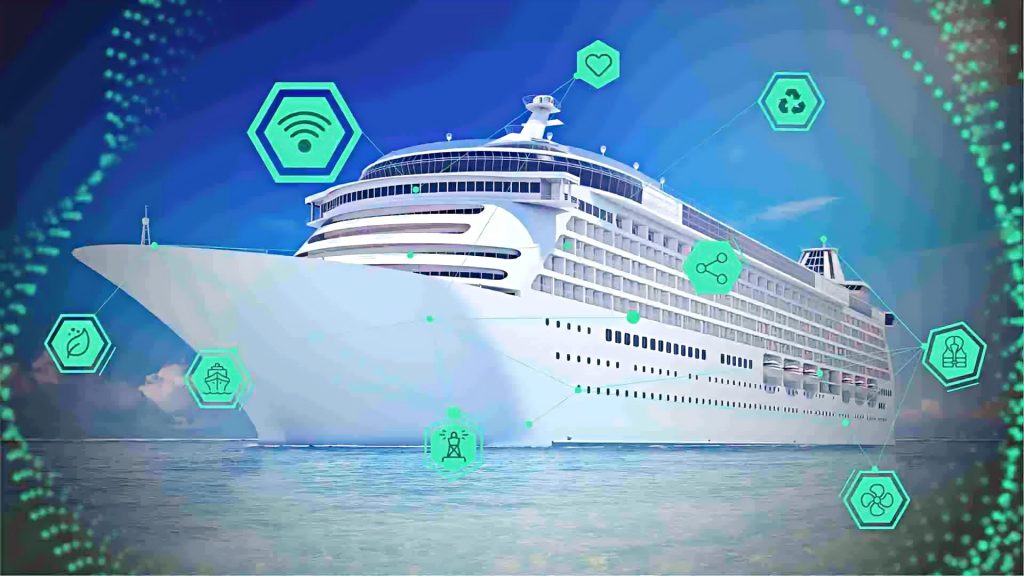
Technology Integration Continues to Deepen
Intelligent Control
The intelligent control of marine searchlights is an inevitable trend for future development. With the help of sensors and network connections, searchlights can automatically adjust brightness, angles, and beam ranges based on the ship’s navigation status (such as speed and heading) and ambient light conditions. For example, during night navigation or in low-visibility conditions, searchlights can automatically increase brightness and adjust beam directions to ensure clear visibility ahead of the ship. Additionally, the realization of remote control functions allows crew members to operate the searchlights from the bridge or other locations via terminal devices, further enhancing the convenience and flexibility of operation.
AI Recognition and Early Warning
In the future, marine searchlights are expected to integrate artificial intelligence (AI) recognition technology, enabling them to automatically identify maritime obstacles, other vessels, buoys, and distress signals. Once AI recognition technology in marine searchlights detects potential hazards, the system will immediately send early warning information to the ship’s bridge and automatically adjust the beam to continuously track and illuminate the target. This function not only provides more timely and accurate visual assistance to crew members but also significantly enhances the ship’s emergency response speed, reducing the risk of collisions.
Energy Management Optimization
IoT technology will make energy management of marine searchlights more intelligent. Connected to the ship’s energy system, searchlights can automatically adjust power consumption based on actual needs to achieve energy-saving optimization. For example, when high-intensity lighting is not required, searchlights can automatically reduce power to minimize energy consumption. Additionally, with the development of renewable energy technologies such as solar and wind power, marine searchlights will increasingly adopt these clean energy sources, reducing dependence on traditional energy and meeting the requirements for marine environmental protection.
Functional Expansion & Collaboration
Integration with Other Systems
Marine searchlights will be deeply integrated with other ship systems such as navigation systems, Automatic Identification Systems (AIS), and radar. For example, when integrated with AIS, searchlights can adjust beam directions in advance based on the position and navigation information provided by AIS, offering more comprehensive visual assistance to crew members. When working in synergy with radar systems, searchlights can serve as a supplement to radar, providing more intuitive visual information to crew members, especially when radar signals are weak or interfered with.
Data Sharing & Analysis
With the help of IoT technology, data sharing of marine searchlights can transmit environmental data (such as light intensity and visibility) in real-time to the ship’s central control system. These data can be analyzed comprehensively with data from other systems to provide a more comprehensive and accurate basis for ship navigation decisions and route planning. At the same time, through the analysis of large amounts of data, predictive maintenance of searchlight equipment can be realized, allowing for the early detection of potential faults, reducing downtime and maintenance costs.
Design and Application Optimization
Lightweight and Modular Design
To facilitate installation and maintenance, lightweight marine searchlights will move towards lightweight and modular design. Modular design allows individual components of the searchlights to be more easily replaced and upgraded, reducing maintenance costs and time. Meanwhile, lightweight design helps to reduce the ship’s own weight, enhancing the ship’s energy efficiency and flexibility.
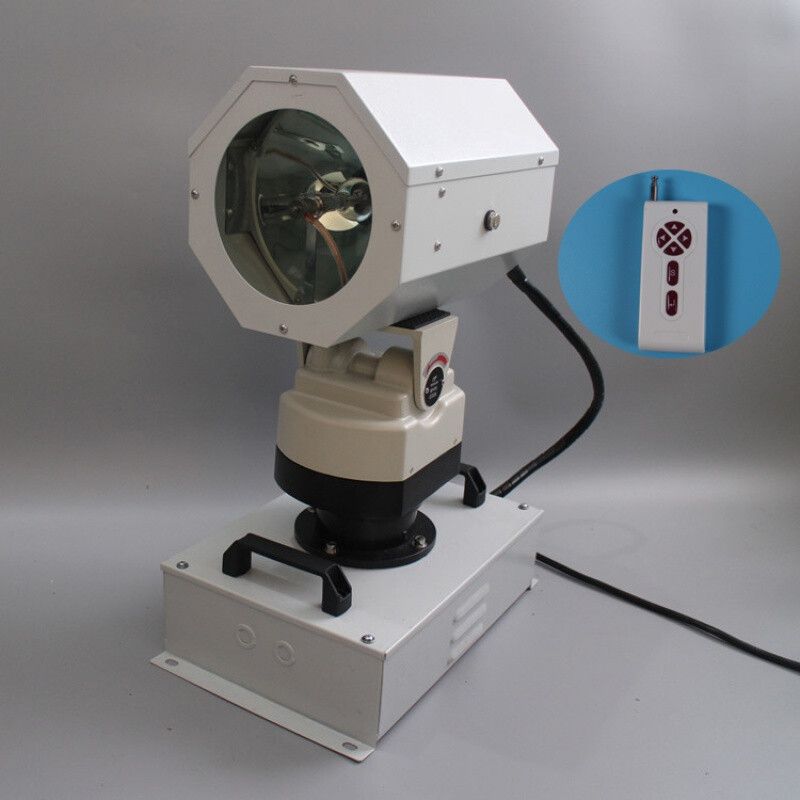
Enhanced Environmental Adaptability
In the marine environment, marine searchlights need to have good waterproof and corrosion-resistant properties. With the progress of material technology and the application of IoT technology, the waterproof and corrosion-resistant properties of searchlights will be further optimized to ensure stable operation in extremely harsh marine conditions. In addition, IoT technology can also monitor the working environment parameters of searchlights in real-time, promptly detecting and addressing factors that may affect equipment performance.
Market and Industry Promotion
Increasing Market Demand
With the growth of global trade and the expansion of the shipping market, ships’ demand for intelligent and high-efficiency navigation and safety equipment is continuously increasing. Marine searchlights integrated with IoT technology can better meet these needs, so the market demand for them will continue to grow. At the same time, the development of smart ships will also provide a broader market space for the integration of marine searchlights and the IoT.
Improvement of Industry Standards & Regulations
To ensure the quality and safety of marine searchlights integrated with IoT technology, relevant industry standards and regulations will continue to be improved. International maritime organizations and other institutions will set stricter requirements for the performance, safety, and environmental protection of such products, promoting the healthy development of the industry.
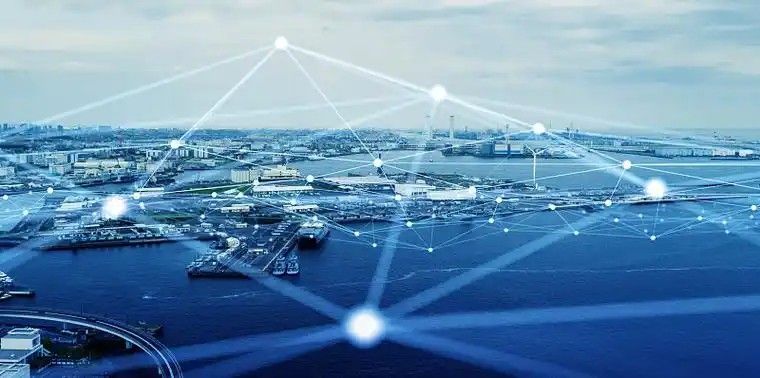
The integration of marine searchlights and the Internet of Things on ships is an important trend for the future development of the shipping industry. Through technological integration and optimization in multiple aspects such as intelligent control, AI recognition and early warning, integration with other systems, data sharing and analysis, lightweight and modular design, and enhanced environmental adaptability, marine searchlights will provide stronger support for ship navigation safety and operational efficiency. Meanwhile, the increasing market demand and the improvement of industry standards will further drive this integration process. In the future, with the continuous progress of technology and the expansion of applications, the integration of marine searchlights and the Internet of Things will bring more development opportunities and innovation space to the shipping industry.
